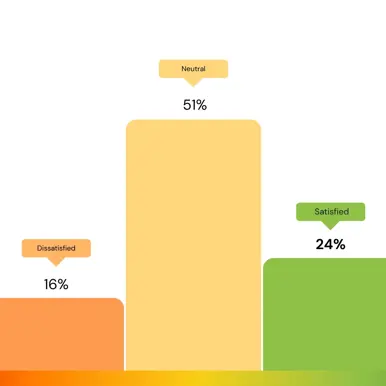In this article we outline two different ways that you can reduce reliance on your staff for day-to-day activities. This is done by automating areas of your business to reduce the load on administrative staff, reduce error prone manual data entry, and increase timeliness of information.
I frequently see businesses reluctant to invest a few hundred dollars a month in order to save days of time for themselves and their staff. By automating those processes, staff can instead be adding real value elsewhere in the business, generating sales and providing great service to customers.
If your business relies on people to key data for sales orders, purchase orders, accounting transactions, freight or shipping requests, this article applies to you.
Sales and Purchase Orders
Most companies have the ability to send their purchase orders electronically. This may range from a basic extract from their system as an Excel file, or a detailed EDIFACT or X12 EDI message. These purchase orders can be pushed directly into your order management or accounting system. Speak to your customer about the options they have. Having this easy conversation could save your team hours of data entry and see an improvement in the accuracy of your fulfilment.
The purchase order files will often require a translation between the format your customers send and the format your system requires. An EDI tool is the piece of software which handles this and it can cost money for this service. Costs vary depending on software but would rarely be more than one day’s wages for a whole month of EDI.
The first step is to ensure that you have a mapping between the product codes used by your customer and the product codes used in your system. Typically this is done by using the barcode or GTIN number assigned to each product.
Accounting Transactions
Much like sales and purchase orders, invoicing can be automated. Many companies are very familiar with the act of sending out electronic invoices in PDF format. The delivery of invoices in a structured electronic format is less common.
Receiving invoices in a structured format allows them to flow directly into your accounting system. Almost every accounting system supports this. This has the clear advantage that your team are not reading PDF invoices and manually keying them into your accounting system.
Invoices typically go into accounting systems in a ‘To be approved’ status, meaning it is just a review and approve process, rather than keying in the whole invoice.
Invoicing is another area where an EDI tool or service can save hours of data entry. Each invoice may take 1-2 minutes to enter, so if you’re receiving 300 a month, it’s well over a day's work.
Conclusion
In my opinion, the area of automation through EDI messages is one of the most overlooked optimisations in business operation. Often dismissed as either ‘too hard’ or ‘too expensive’, businesses continue to turn to team members to manually enter data, when those team members could be spending their time far more effectively, generating sales and providing great service to customers. As companies increase in scale, the benefits of automation increase exponentially. It usually isn’t until after EDI is set up that businesses realise how much of a benefit it is to them.













